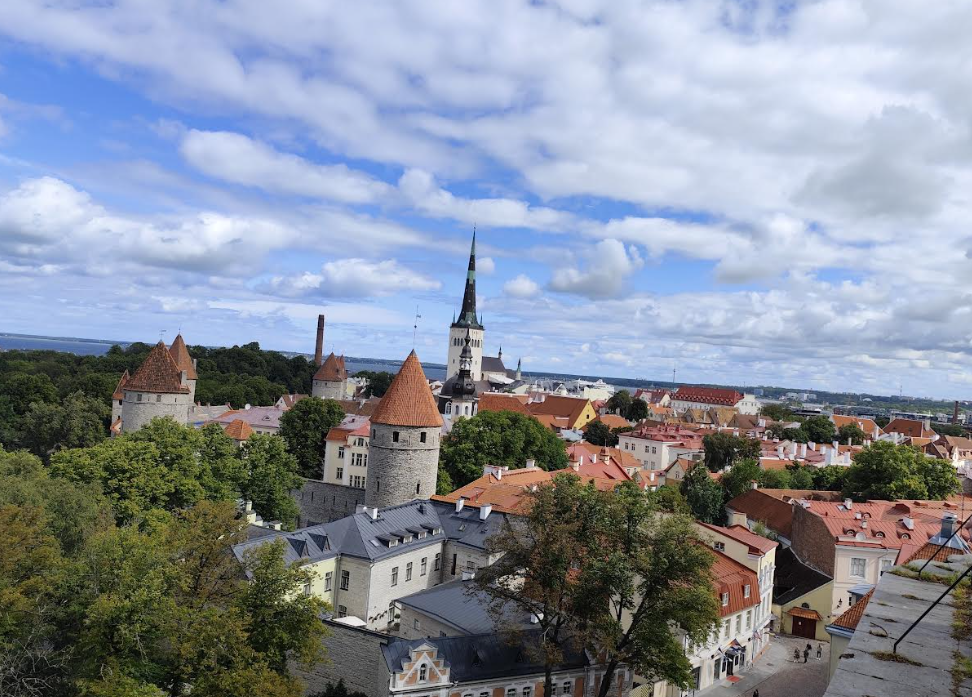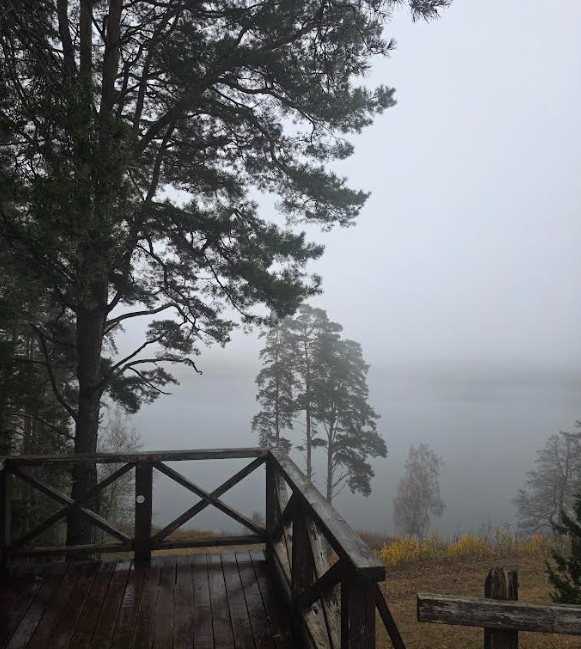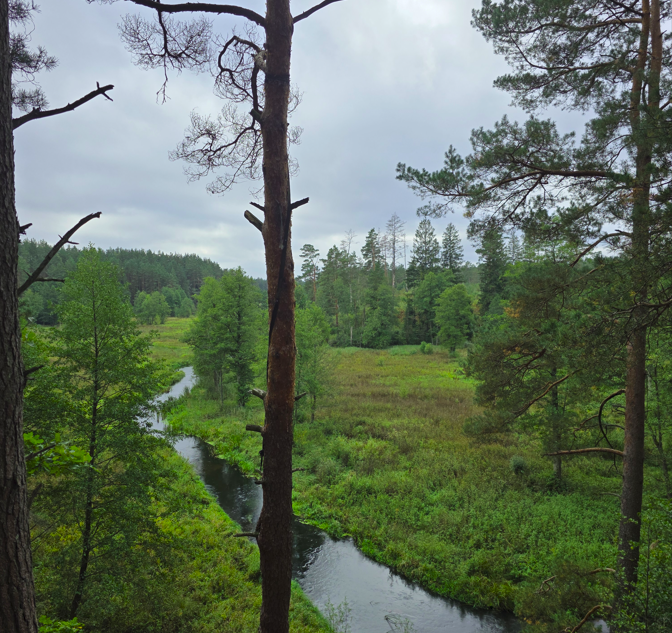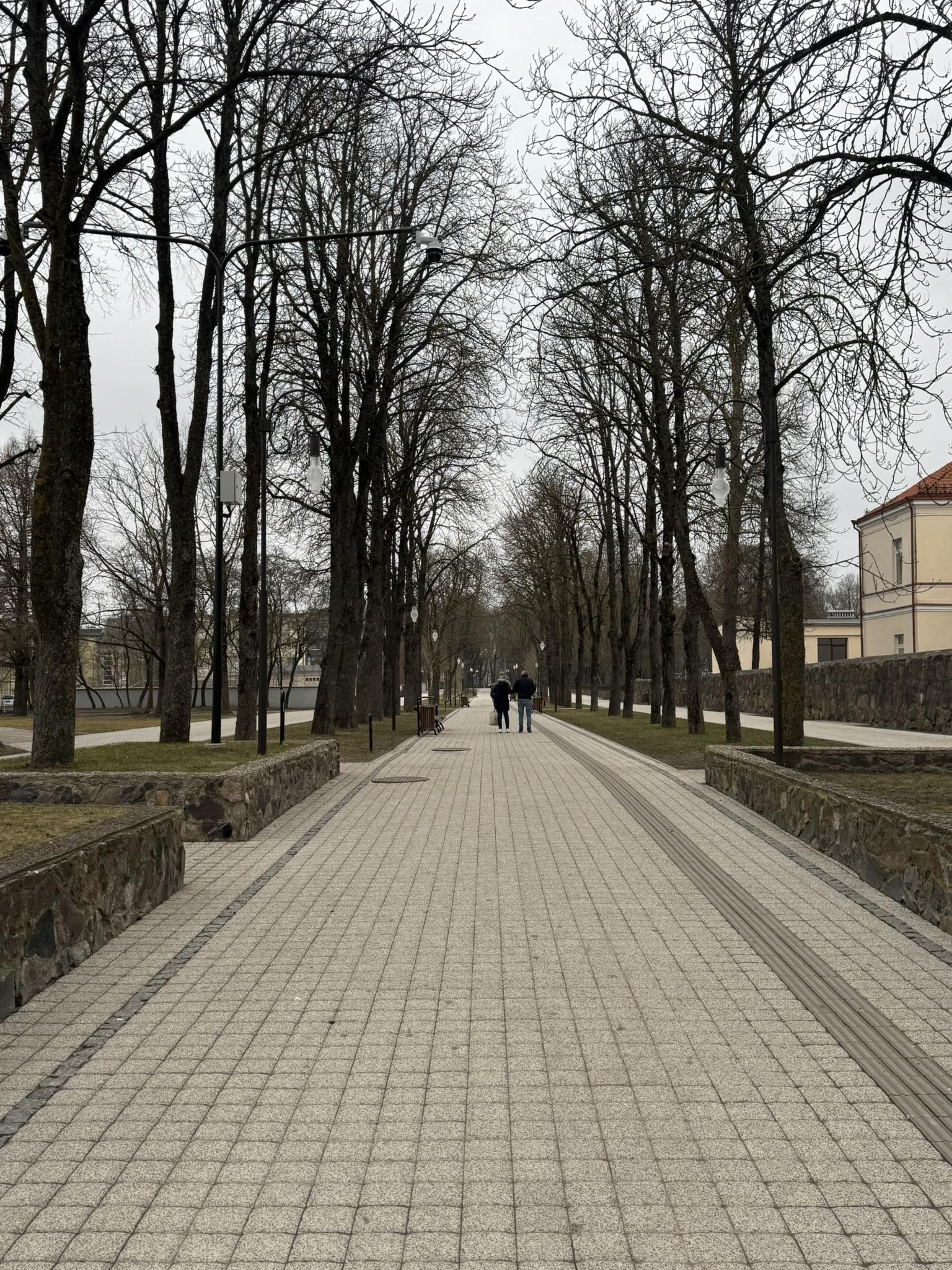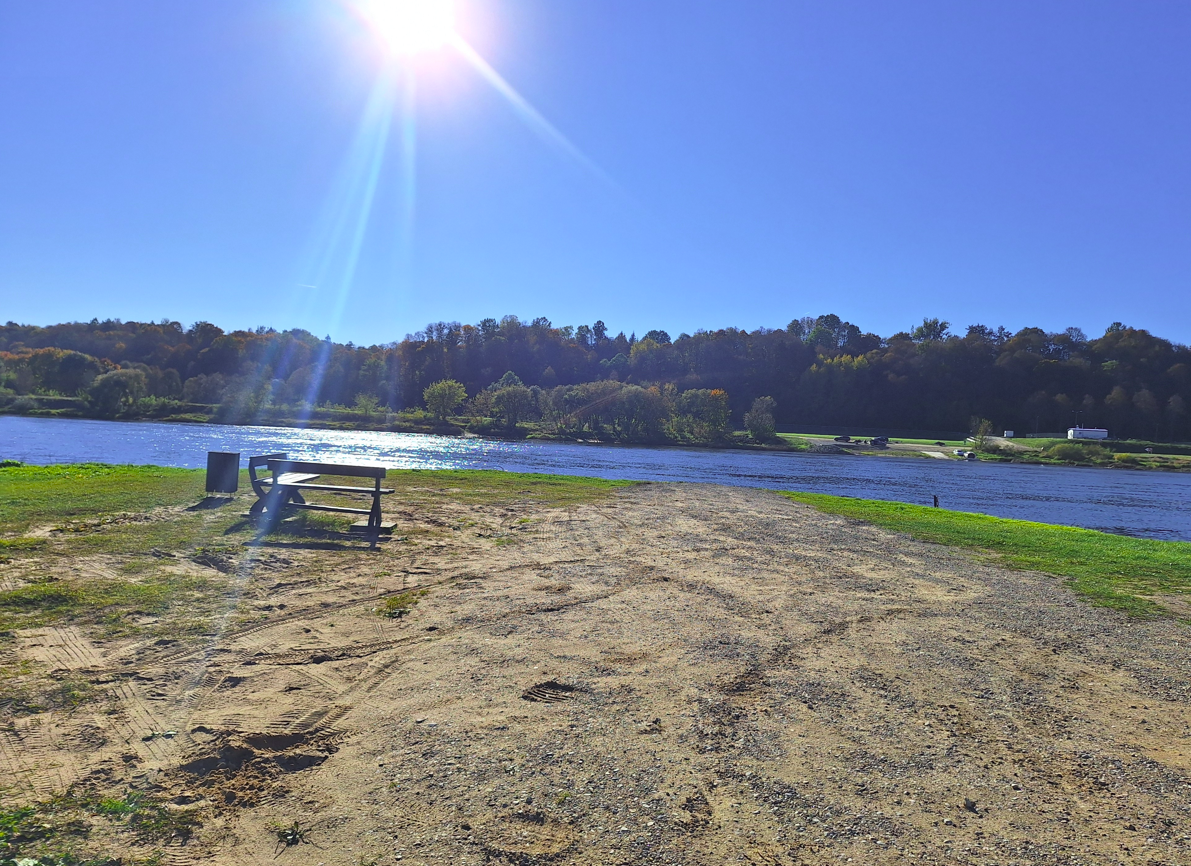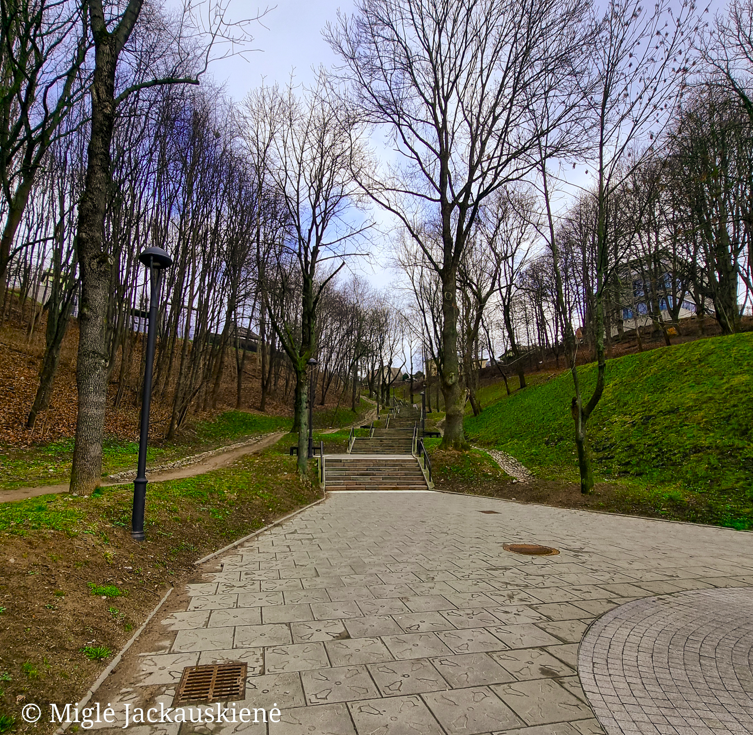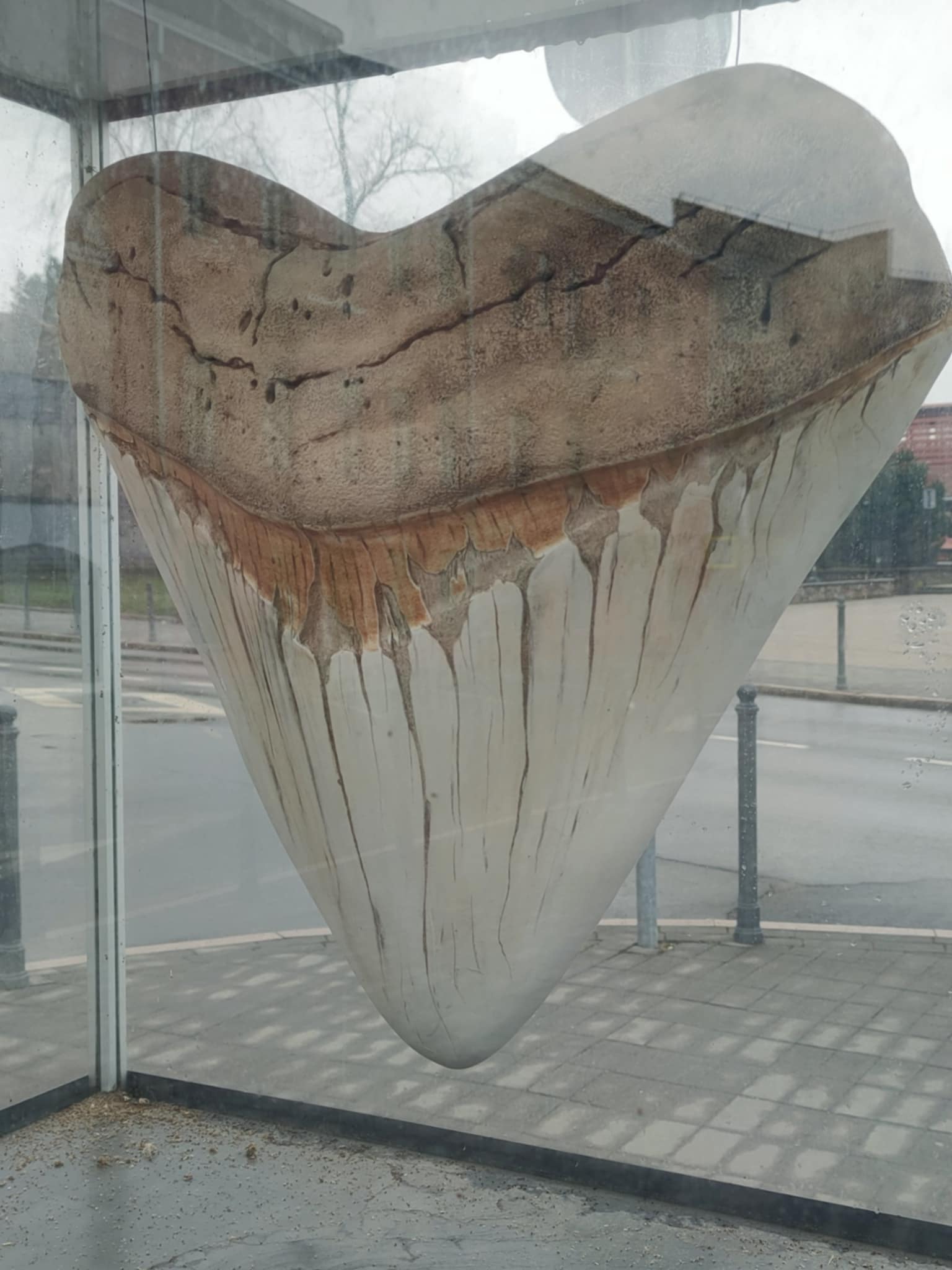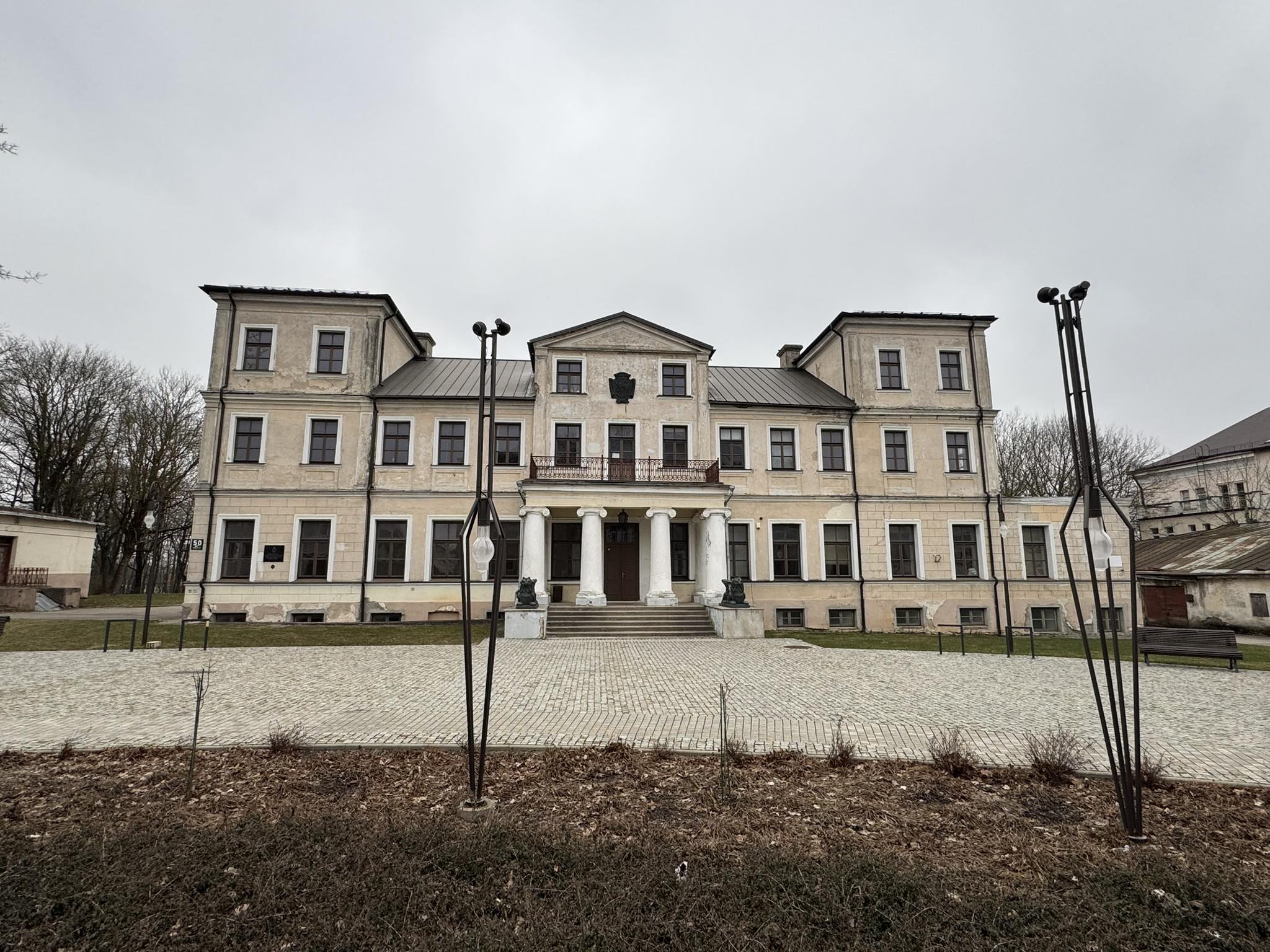Zubovų Palace, located in Šiauliai, is an important historical and architectural landmark with deep roots in the times of the Grand Duchy of Lithuania (GDL). The Šiauliai estate, established in 1589, was the largest state-owned land holding in the GDL, governed by notable figures such as Mikalojus Kristupas Radvila Našlaitėlis and Jeronimas Valavičius. The estate suffered damage from Swedish invasions and fires but was rebuilt and renovated several times over the centuries.
The peak of the estate’s prosperity is associated with Antanas Tyzenhauzas, who ruled the estate from 1765 to 1780 and began constructing important buildings such as the palace and stables, as well as planting a park and garden. After the third partition of the Polish-Lithuanian Commonwealth, the Šiauliai estate passed to the Russian Empire, and Catherine II gave it to her favorite, Platon Zubov.
During the Zubov family’s rule in the mid-19th century, the palace was rebuilt in the neoclassical
style. During this period, the economic buildings were also renovated and adapted for residential and public use. The estate’s grounds were redesigned according to the principles of a free English park, with Chestnut Alley and an orchard embellishing the park.
After the Zubovs left the estate, the buildings were reconstructed and repurposed for various uses. In the 1920s, after World War I, the estate became an important part of the city. For example, the palace housed the Šiauliai Teachers' Seminary, later the Pedagogical Institute, while the former stables building became a courthouse.
The estate also played an important role in Lithuania during the years of the press ban when it served as a point for smuggling and distributing Lithuanian press. After World War II, various schools and educational institutions operated in the palace. Today, Zubovų Palace houses the Faculty of Arts of Šiauliai University, while other buildings on the estate serve public purposes.





 Entertainment
Entertainment
 Food establishments
Food establishments





























 55.935338, 23.314322
55.935338, 23.314322
 Get directions
Get directions
